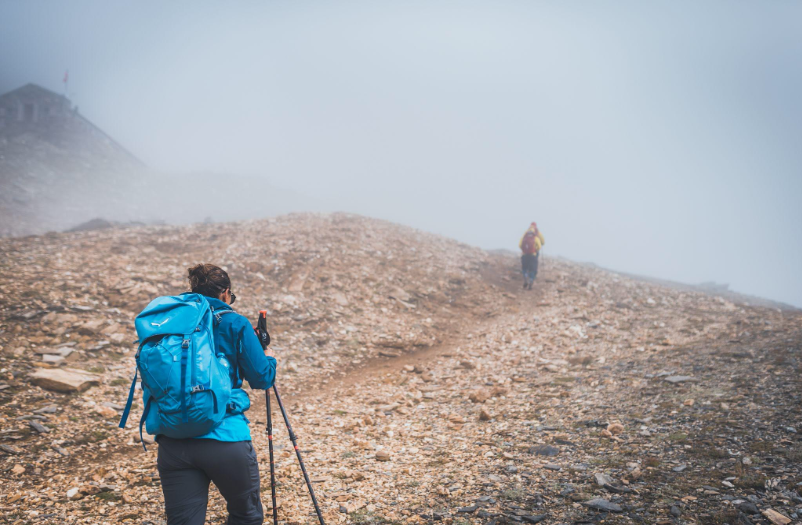
How many variables can be helpful or impeding to the success of a project like M4810?
Which situations would effectively allow us to climb the Mont Blanc? How many of them will determine the journey of this group of alpinist-consultants to Europe’s highest peak?
Many - too many to count. The same ones that determine the success of any mountain expedition, of any change project - of any human activity, actually.
The mountain, by definition, has always been the ideal grounds for the unpredictable. As the CAI (The Italian Alpine Club) told us in one of the first classes in the Methodos offices, “Zero risk in the mountains doesn’t exist.” It’s not a matter of being inexperienced or making human errors. It’s a matter of the impossibility of having control over the external variables like natural forces.
And this is becoming even more real with the climate change that slowly but surely impacts even on what we previously took for granted as certainties. Like the movement of glaciers, for example.
But isn’t this also the case in companies?
Digital transformation acts much in the same way as climate change, accelerating mutations and pushing them in unforeseeable directions.
The only way to keep winning is to keep moving. To stay flexible, ready to change, to proactively gather weak signals, and to quickly implement innovative solutions.

Studying variables and their connections in an ever more articulate system, then, becomes fundamental in both environments. Taking advantage of this unpredictability as a testing ground for new techniques and practices also becomes essential.
This is the guiding principle behind M4810 as a change boot camp.
It teaches us not to rely on obsolete practices just because they have already been consolidated, but to always look for better solutions for every context or situation.
It pushes us to apply this approach in our personal life as in our work, and – above all – in our change projects.
As in the mountains, action leads to reaction. A decrease in temperatures can change the conditions of the route, causing even the most secure to become unstable. In the same way, humans react to external conditions in an unpredictable way.
In the end, isn’t this what change projects are about?
They are about knowing how to read the variables that make up the company culture, even those not apparent at first glance. Moreover, they are about knowing the technique and the path and about having the clarity necessary to evaluate them in light of the particular situation, potentially changing them if necessary.
We must remember that standard paths do not exist, neither in the mountains nor in change.





